M26
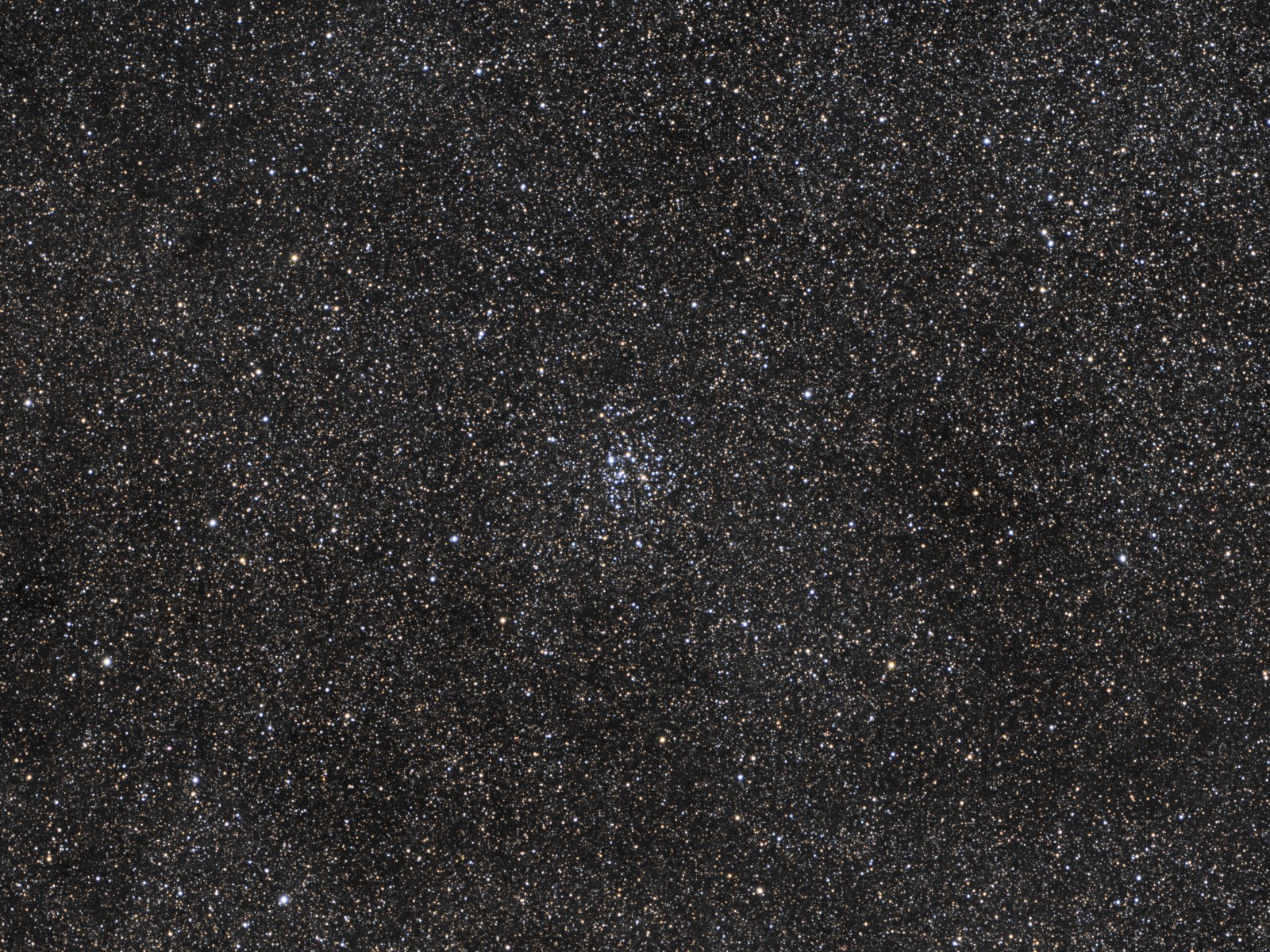 Click image for full size version
Click image for full size version
July 11, 2022
M26 lies in Scutum, about 5,160 light years from Earth. It has a diameter of about 22 light years and is estimated to be around 85 million years old. Although it is relatively bright, I’ve never imaged it before. And it’s not just me. Like most open clusters, it doesn’t seem to be imaged all that often, since most imagers prefer nebulae and galaxies. Furthermore, it’s not far (on the sky) from M11, which is way splashier both in images and at the eyepiece. Personally I find M11 nicer at the eyepiece, but M26 is much prettier in images, with more varied star hues. What do you think?
Tekkies:
Acquisition, focusing, and control of Paramount MX mount with N.I.N.A., and TheSkyX. Focus with Optec DirectSync motors and controller. Equipment control with PrimaLuce Labs Eagle 4 Pro computer. All pre-processing and processing in PixInsight. Acquired from my SkyShed in Guelph. Very good transparency and average seeing. Acquired July 6-7, 2022, in a single night under moderate moonlight.
Sky-Watcher Esprit 150 f/7 refractor and QHY16200A camera with Optolong UV/IR filter
52x5m OSC = 4hr20m
The WeightedBatchPreProcessing script was used to perform calibration, cosmetic correction, weighting, registration, local normalization and integration of all frames.
DrizzleIntegration was applied to the OSC frames, and the result was aligned to the Luminance master with StarAlignment. This yielded aligned Lum and Colour masters.
DynamicBackgroundExtraction was applied to the luminance and OSC masters.
Colour
Colour Calibration: ColorCalibration was used to calibrate the OSC master.
Linear Noise Reduction: NoiseXterminator was used to reduce noise in the background areas with settings Amount=0.9 and Detail=0.15
Stretching: HistogramTransformation was applied to make a pleasing yet bright image.
Luminance
Linear Noise Reduction: NoiseXterminator was used to reduce noise in the background areas with settings Amount=0.9 and Detail=0.25
Stretching: HistogramTransformation was applied to make a pleasing yet bright image.
Combining Luminance and Color Images
Luminance addition: LRGBCombination was applied to replace the lightness of the RGB image with the Luminance master.
Additional Processing
Star Removal: StarNet v2 was used to remove stars.
Nonlinear Noise Reduction: NoiseXterminator was used to reduce noise in the background areas of the image with settings Amount=0.9 and Detail=0.25
Star Restoration: Stars removed using StarNet2 above were added back into the image using straight addition in PixelMath.
Final Steps: Background and star brightness, contrast and saturation were adjusted in several iterations using CurvesTransformation with masks as required. ICCProfileTransformation (sRGB IEC61966-2.1; Relative Colorimetric with black point compensation) was applied prior to saving as a jpg.

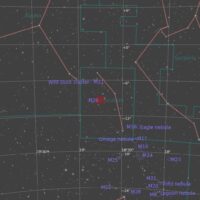

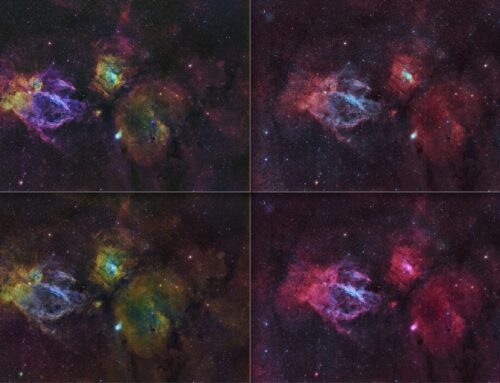

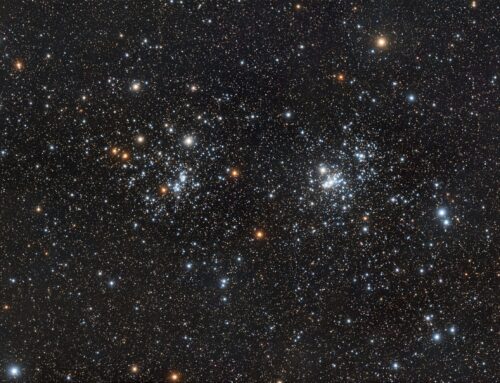
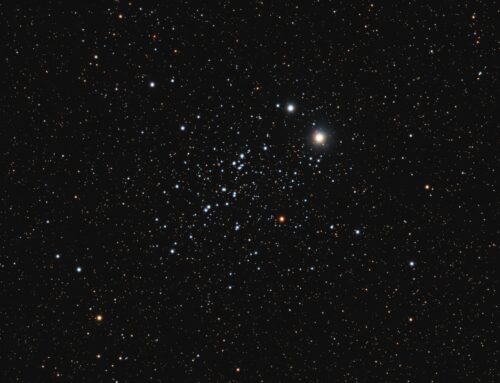
Beautiful image, like always!